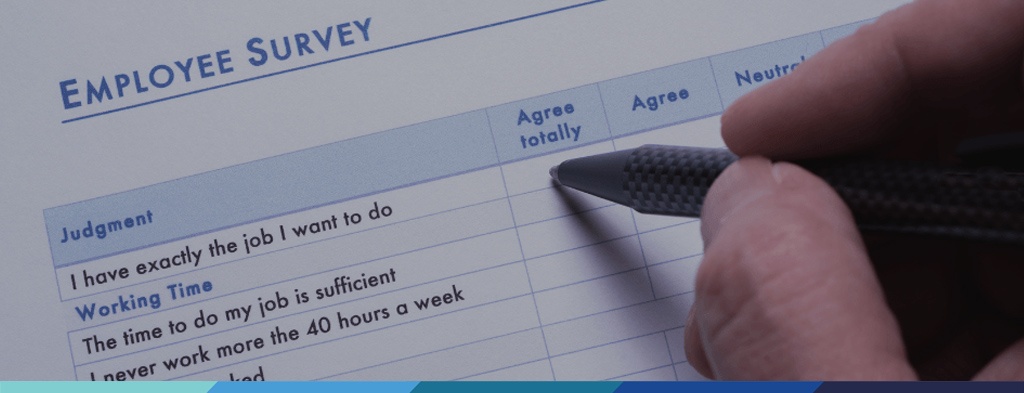
HR tips for a stress free Christmas closure
by Tanya Gray | Nov 17, 2023 | 90 Day Trial Processes, ConsultingHQ Blog, Disciplinary Procedure, Leave & Payroll, Legal Compliance

Mondayisation
When a public holiday falls on a Saturday or Sunday, employees who don’t normally work that day then get the following Monday as their paid public holiday — this is called Mondayisation.
National public holidays – 2023/2024
The public holidays for the upcoming Christmas break and for 2024, are as follows:
Christmas Day – Monday 25 December 2023
Boxing Day – Tuesday 26 December 2023
New Year’s Day – Monday 1 January 2024
Day after New Year’s Day – Tuesday 2 January 2024
Waitangi Day – Tuesday 6 February 2024
Good Friday – Friday 29 March 2024
Easter Monday – Monday 1 April 2024
Anzac Day – Thursday 25 April 2024
King’s Birthday – Monday 3 June 2024
Matariki – Friday 28 June 2024
Labour Day – Monday 28 October 2024
Christmas Day – Wednesday 25 December 2024
Boxing Day – Thursday 26 December 2024
Public Holidays and days in lieu
When a public holiday falls on a day your employee would usually work, no matter how long they’ve been working for you they’re entitled to a paid day off. You can only require an employee to work on a public holiday if it’s written into their employment agreement.
If they agree to work, you must: pay them at least time and a half and give them another paid day off later (a day in lieu).
Transferring public holidays
Any employee can ask to transfer a public holiday to another day and the public holiday then becomes a working day for the employee. To transfer a public holiday to another day, both the employee and employer need to agree. You must consider the request seriously unless you have a policy that prevents transferring public holidays. Ensure you put any agreement to transfer a public holiday in writing.
You can decline requests to transfer public holidays — it’s good to give a reason, although you’re not legally required to.
Annual leave
During the Christmas closedown period the employer can direct employees to take annual leave. This is easy where the employee has enough annual leave to cover the break, so say has worked for over 6 or 12 months. Employees with less than one year of service can be paid 8% of their earnings up to the closedown.
If an employee doesn’t have enough leave, time off during the closedown will be unpaid. Employers can agree (at their discretion) to top-up the payment, which in turn creates a negative leave balance. There are pros and cons to this as it ensures the employee is not out of pocket through this period (which we know can be expensive) but the downside is that if the employee was to leave soon after this period, they may not have a positive leave balance to have paid the money in advance back.
As with any annual leave payment employees can request to have the leave paid out in full, in advance of the closedown. But it is much more common for leave to be paid in the normal pay-cycle.
Communicating expectations – payroll and company property
This time of the year is quite stressful and financially demanding for many people and their families. To help alleviate this stress for your teams here are some simple tips.
- Let you team know if you are processing payroll in advance prior to close down and the amount they will be paid, ensure this is communicated (give them all payslips if you don’t normally) well before closedown to ensure no last-minute scrambles to sort any payroll queries / issues on the last day of the year.
- If you do decide to keep paying your team as normal, please tell them this, let them know of any extra pay through this period (if any) such as end of year bonuses, discretionary bonuses as these things go a long way and you may forget to mention this in the lead up to the silly season! Plus, I am sure they’d love to thank you in person!
- If your team have motor vehicles, fuel cards, mobile and laptops etc which belong to the company, now is the perfect time to send out a memo or discuss individually the expectations around whatever use of these items have been agreed to. If company vehicles are fitted with GPS, remind them of this and fair and reasonable personal use (obviously depending on your company policies). It is much better to have this conversation beforehand than leaving it to fester and then snowball into an HR issue in the new year.
- Make a list of what you think could potentially go wrong with any misunderstandings if you are either open or closed during this period. Things such as contact numbers and who is on call, who is out of range, it is better to have a plan now that having the team trying to scramble in an emergency and have no one available.
New Year expectations
It’s important to have a start-up plan that ensures everyone is aware of their priorities and key focus on their return to work. You can also consider extending the first morning break in the new year by 15 minutes to give staff time to catch up and hear each other’s holiday experiences. This will reduce the disruption in the workplace through the rest of the day and coming week.
Contact us for help planning a stress-free Christmas closure with your employees and to tidy up any HR documentation.






